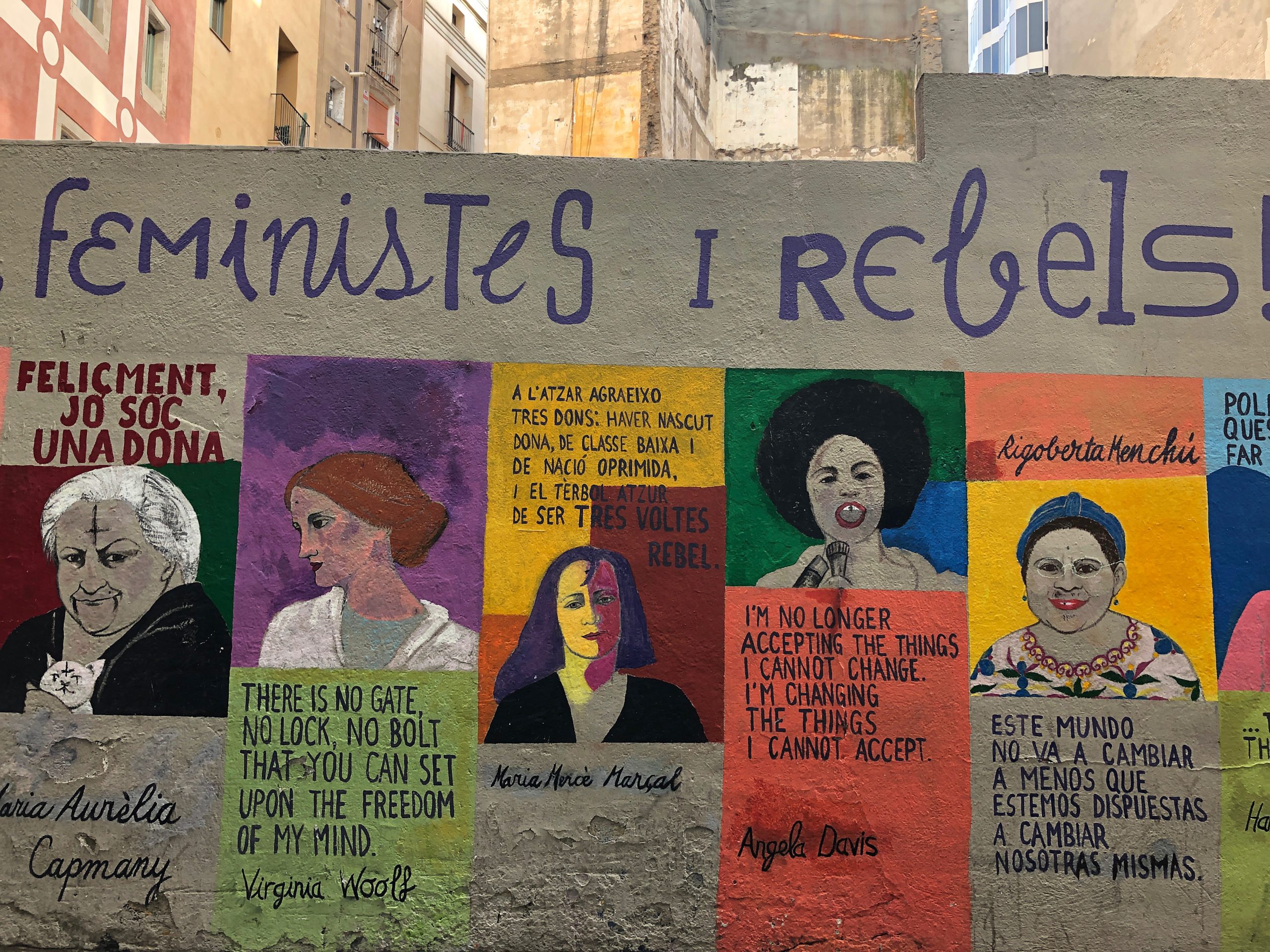Talking about feminism, especially in a place of resistance and holding on to privileges, becomes a delicate matter. We don’t want to create even more walls, we want to open up for the dialogue and the possibility of understanding.
“I am no longer accepting the things I cannot change, I’m changing the things I cannot accept.” (Angela Davis)
When we intend to establish a dialogue and to be open to listening, for that there can be deconstruction, we need to understand the bases of what is already established and in front of us.
“Feminism is a way of living individually and fighting collectively.” (Simone de Beauvoir)
We, women, know exactly what hurts us. And within feminism, over the years, and in the strengthening of each strand, we will find our place of speech, we will find the type of feminism that fits us or that of other women, in other times, like the philosophical feminism that encourages women until today and still brings us such important reflections.
“They agreed to kill us, but we agreed not to die.” (Conceição Evaristo)
So, we can delve into other forms of feminism, such as the abolitionist that is focused on combating the commercial and sexual exploitation of the female body or lesbian feminism that revises the naturalization of heterosexuality, black feminism that turns its eyes to the aggravating factor of discrimination and social marginalization of women of African descent in the context of various societies, in addition to other aspects of feminism that will give way to other voices.
“By losing the fear of black feminism, as privileged people, they will realize that our fight is essential and urgent because while we black women continue to be the target of constants, all of humanity is in danger.” (Djamila Ribeiro)
But, broadly and clearly and easily understandable, what is feminism?
Starring women, Feminism is a social movement for civil rights. The political, legal, and social demand movement between men and women. This is not a sexist movement like machism, that is, feminism does not seek to impose some kind of superiority on women, but equality between the sexes.
“How to make the myth of racial democracy hides something beyond what it shows in a first approximation, we found that it exerts symbolic violence, especially against black women.” (Lélia Gonzalez)
Feminism is not the opposite of machism. Saying this is like saying that Abolitionism represents white slavery.
Within the feminist movement, we seek to understand and invalidate how the understanding of gender influences society. So, the movement must have the support of those obliged who identify themselves within the male gender.
“A political, economic or religious crisis is enough for women’s rights to be questioned.” (Simone de Beauvoir)
As I said at the beginning of this text, for there to be dialogue, we need to be willing to listen, but the other side may not be, due to superiority arguments that have been created years ago. But, even so, to move forward, we need to educate ourselves even more on the subject and remain resistant so that this is always a subject to be talked about, we need to bring men closer to the feminist reality because feminism is not a privilege of women, we want and there must be pro-feminist men in the movement, obviously, respecting the place of speech, in women, we that have (and still have) our thoughts and rights disregarded.





